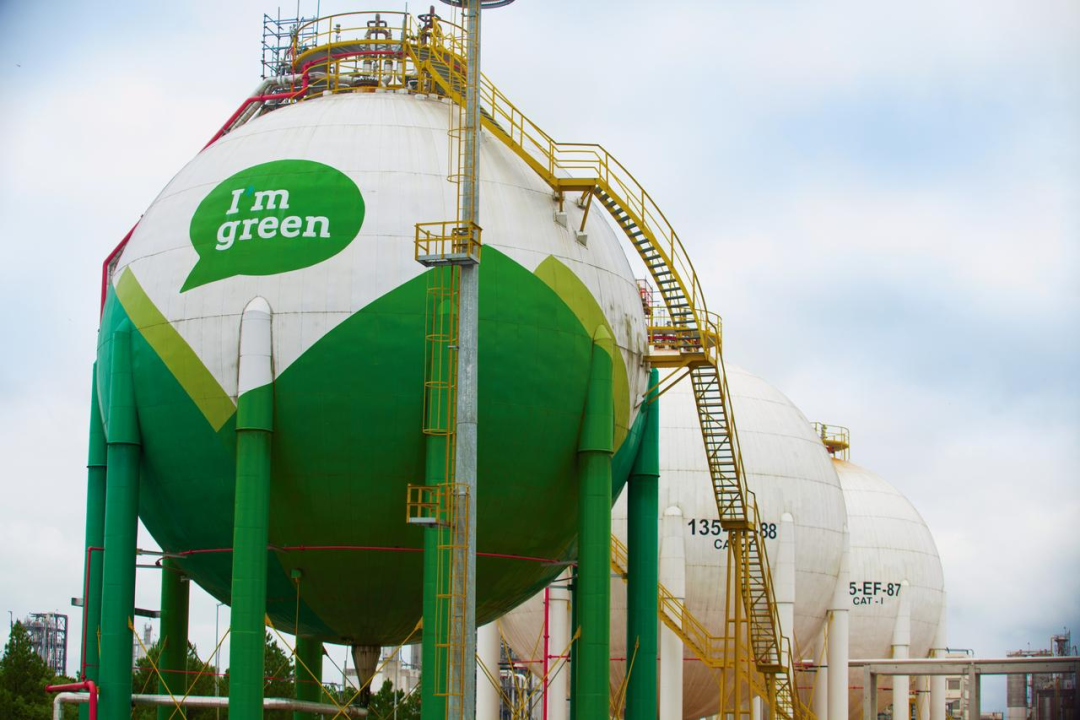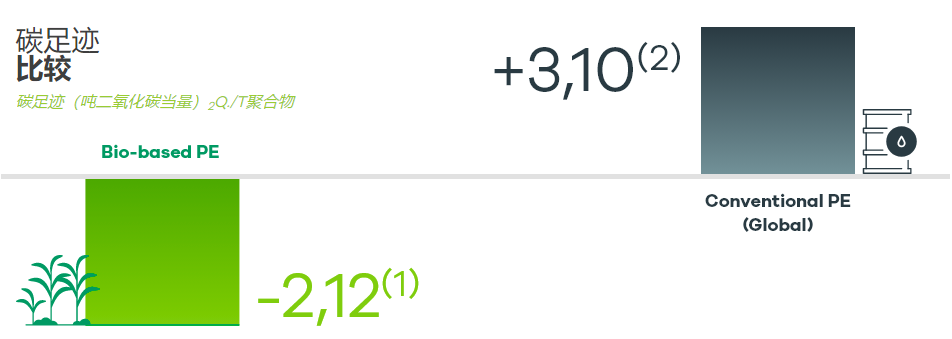Braskem releases updated life cycle assessment report
When bio-based HDPE is used to replace fossil-based materials, each kilogram of bio-based HDPE can result in a net reduction benefit of approximately 5 kilograms of CO2 equivalent emissions.
These life cycle assessments were conducted in accordance with ISO 14040/44 and ISO 14071 standards, providing a comprehensive analysis of the environmental impact throughout the life cycle of bio-based materials produced by Braskem from sustainably sourced sugarcane ethanol.
The updated data employs more advanced methodologies, more reliable foundational datasets, and the latest scientific modeling techniques, including the Environmental Footprint 3.1 method recommended by the European Commission.

Main Highlights:
Carbon footprint reduction:
HDPE: When replacing fossil-based materials, using one kilogram of HDPE can result in a net reduction benefit of approximately 5 kilograms of CO2 equivalent.
EVA: In the case of replacing fossil fuel products, the use of one kilogram of EVA products can bring about a net reduction benefit of approximately 4.5 kilograms of carbon dioxide equivalent.
PE wax: When replacing fossil-based materials, using one kilogram of PE wax can result in a net reduction of approximately 4.7 kilograms of CO2 equivalent emissions.

(1) This LCA study was conducted by ACV Brasil in 2023, covering the entire process from the product's "birth" to its final arrival at the Braskem plant. The study strictly follows ISO 14040, ISO 14044, and ISO 14071 standards and has been professionally reviewed by KPMG.
(2) The traditional polyethylene production situation in Europe. The global average data is sourced from Ecoinvent v3.10.
Biochar absorption:
All products have achieved a negative carbon footprint, demonstrating their role in reducing carbon emissions and mitigating climate change.
Application Areas:
Footwear, packaging materials, cosmetics, sporting goods, and industrial products.
Walmir Soller, Vice President of Braskem's North America, Europe, and Asia operations, stated: "These updated lifecycle assessment reports demonstrate Braskem's ongoing efforts to enhance data quality, maintain transparent communication with stakeholders, and drive sustainable innovation. By quantifying the environmental benefits of our bio-based products, we help customers make more informed and environmentally conscious choices."
To verify data accuracy and ensure objectivity, this research report has undergone a rigorous review and independent audit by a third-party organization. The report includes data from 2020 to 2023 to ensure the relevance and reliability of its content.
【Copyright and Disclaimer】The above information is collected and organized by PlastMatch. The copyright belongs to the original author. This article is reprinted for the purpose of providing more information, and it does not imply that PlastMatch endorses the views expressed in the article or guarantees its accuracy. If there are any errors in the source attribution or if your legitimate rights have been infringed, please contact us, and we will promptly correct or remove the content. If other media, websites, or individuals use the aforementioned content, they must clearly indicate the original source and origin of the work and assume legal responsibility on their own.
Most Popular
-

India's Q3 Smartphone Shipments Rise 3%; Japanese Mold Factory Closures Surge; Mercedes-Benz Cuts 4,000 Jobs
-

Ascend's Restructuring Plan Approved! Jwell Launches Global Acceleration Plan; Nexperia Chip Crisis Threatens Global Auto Production
-

Dow To Restart Pe Units 5 And 7 This Week, Recovery Date For Unit 6 Remains Undetermined In The United States (US)
-

Key Players: The 10 Most Critical Publicly Listed Companies in Solid-State Battery Raw Materials
-

The Roller-Coaster Behind Sanhua Intelligent Controls' Stock Price: What Are the Advantages of Automotive Thermal Management Companies Crossing Into Humanoid Robots?






